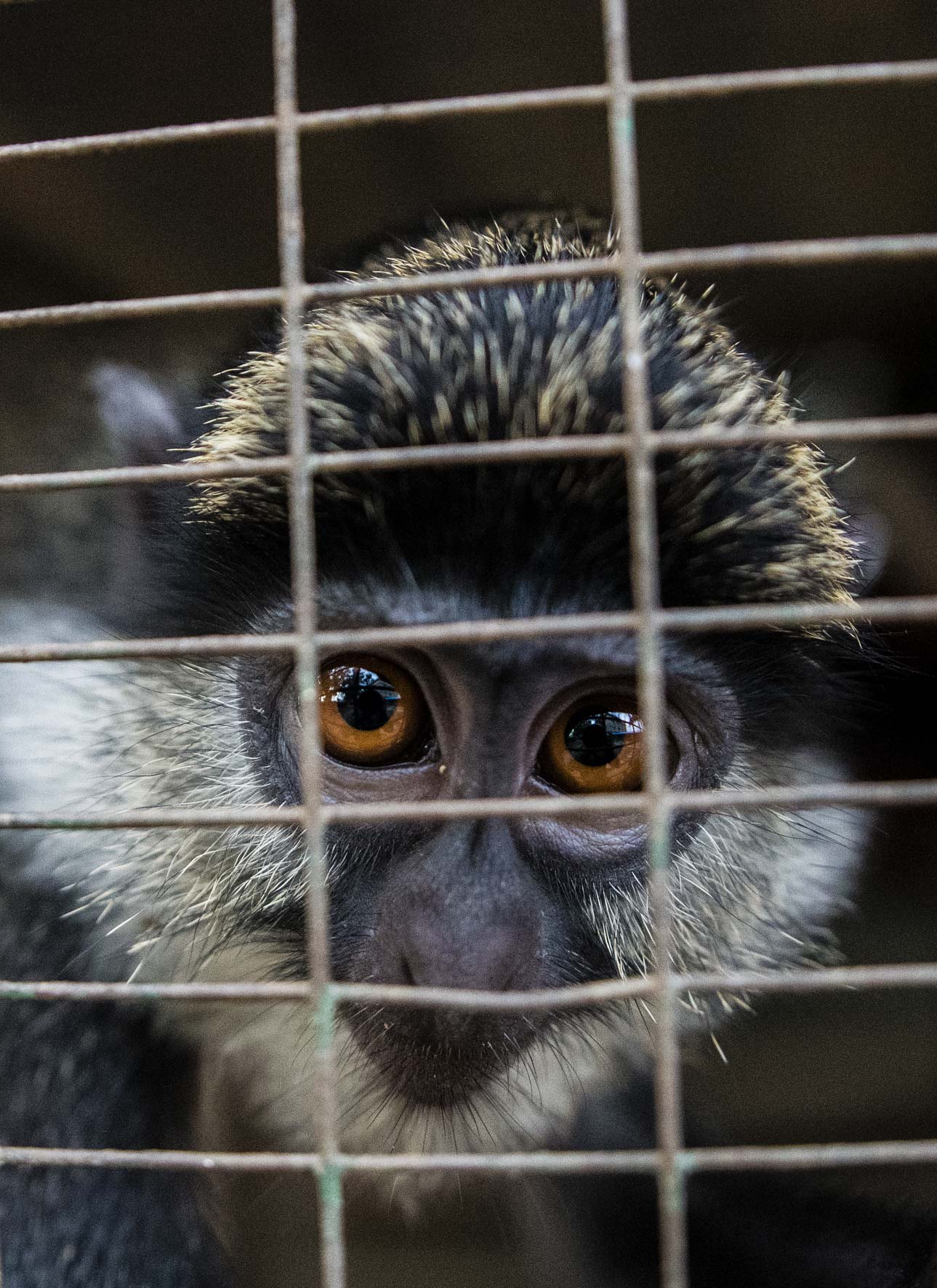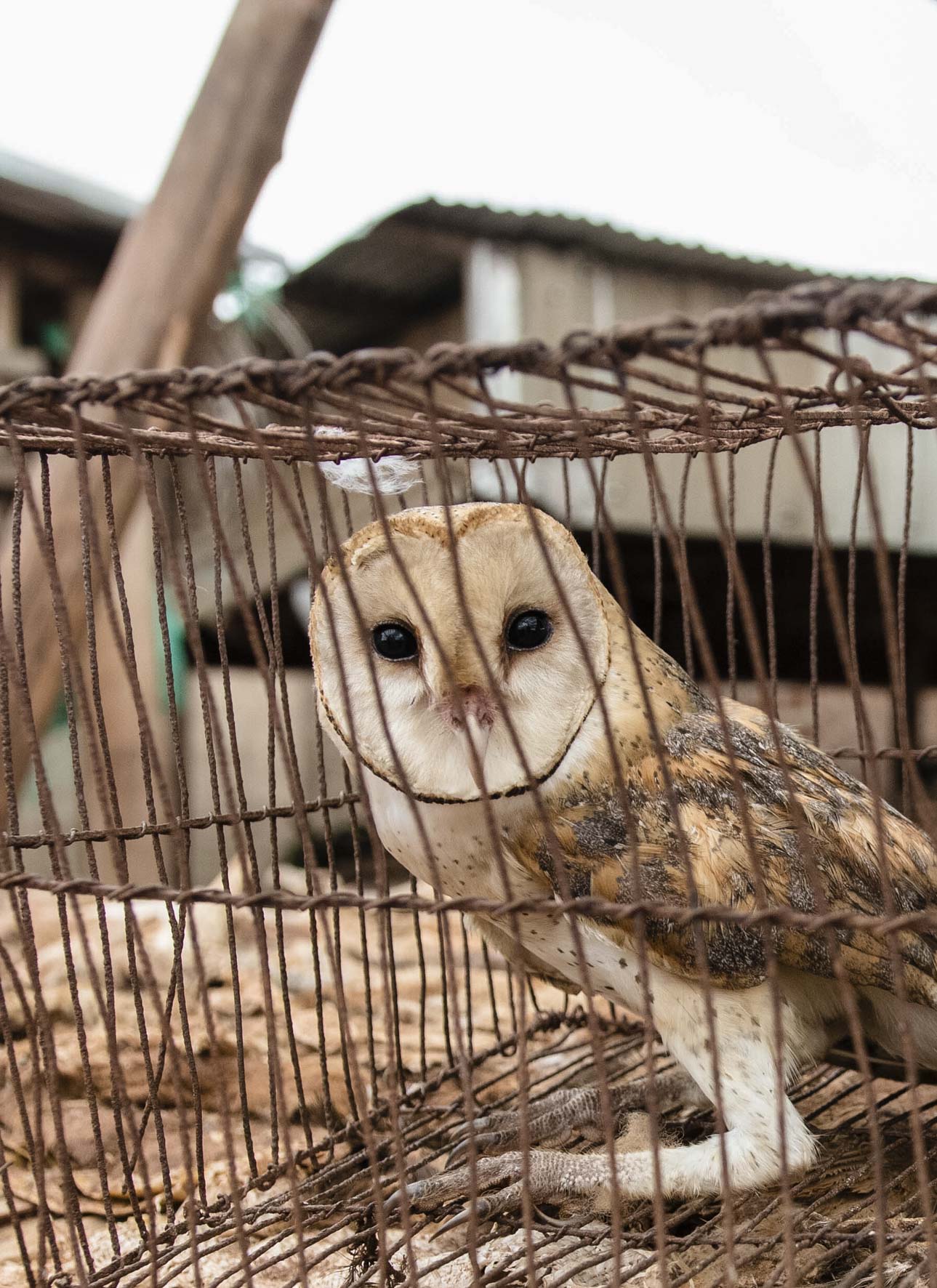News
Tricky Issues on the Road to Protecting Commodified Wild Animals
Big numbers can be bamboozling. What does it mean, in terms of conservation, welfare or sustainability that in the USA in 2014 3.5 million wild carnivores were trapped for their skins? Or that wild meat is consumed by 150 million rural households across the global south? Or that just one Chinese province impounded over 12,000 illegally traded native live reptiles between 2010 and 2015? Or that over six million paying customers annually view wildlife tourist attractions? Or that between 2007 and 2016, 11,000 of the 305,000 ball pythons imported by the EU for the exotic pet trade were sourced directly from the wild?
Striving for a perspective on the global trade – both legal and illegal – and drawing on their own personal experiences, a team of WildCRU authors set out to reflect on the tricky issues they had encountered in four careers’ worth of research. The issues they raise are diverse and devilishly complicated and span examples from local bushmeat harvest in west Africa (Fa et al. 2006) to wild otters kept as pets, the role of social media in driving demand (Harrington et al. 2019), and the complexities associated with consumer demand and preference (Moorhouse et al., 2021).
Billions of dollars (but how many billions is unknown) are exchanged annually on illegal wildlife trade, but this is overshadowed by the legal wildlife trade, estimated at 300 billion USD per annum. The authors raise the question of what part of this colossal trade may offer salvation to wildlife (e.g. in supporting sustainable use of species and habitats), and what proportion threatens its downfall. Given humanity’s increasing demands on the natural world they suggest that too many elements of wildlife trade as it currently stands are not sustainable for wildlife or for the livelihoods that it supports. Their reflections, grouped in a taxonomy of ten tricky issues have been published in BioScience.
The authors emphasise that their ten issues are by no means the only tricky issues – doubtless any other team, drawing on their own research portfolios, could come up with a similarly preoccupying but different ten – but the purpose of the article is to reveal complexities woven, for example, between livelihood concerns, property rights, and unintended consequences, to illustrate issues that need to be addressed to protect biodiversity before it is too late. En route to solutions, the paper suggests various approaches, such as redirecting demand, and a positive list approach. But its wider purpose is as a call to discussion and engagement with all stakeholders to accelerate our collective journey to finding innovative solutions. As conservation and animal welfare, both the science and practice, rightly become holistic and trans-disciplinary, the journey from evidence to policy and action has all too often become polarised. This polarity is inimical to progress, and exactly what the essay seeks to avoid. It is penned from neither a pro- nor anti-trade position, but rather as a plea for evidence-based argument as a route to well-informed judgment with the purpose of benefiting the well-being of both wildlife and people. The authors urge colleagues from the widely diverse fields that touch on the global wildlife trade to discuss holistically and critically in the quest for solutions to ensure that wildlife trade is safe, sustainable and humane, and in seeking respectful engagement with nature.
Macdonald, D. W., Harrington, L. A., Moorhouse, T. P., & D’Cruze, N. (2021). Trading Animal Lives: Ten Tricky Issues on the Road to Protecting Commodified Wild Animals. BioScience. https://doi.org/10.1093/biosci/biab035
-
 Live White-Throated Guenon at an exotic pet exporting facility. Credit: Neil D'Cruze
Live White-Throated Guenon at an exotic pet exporting facility. Credit: Neil D'Cruze -
 Live Barn owl for sale at a traditional medicine market. Credit: Neil D'Cruze
Live Barn owl for sale at a traditional medicine market. Credit: Neil D'Cruze





